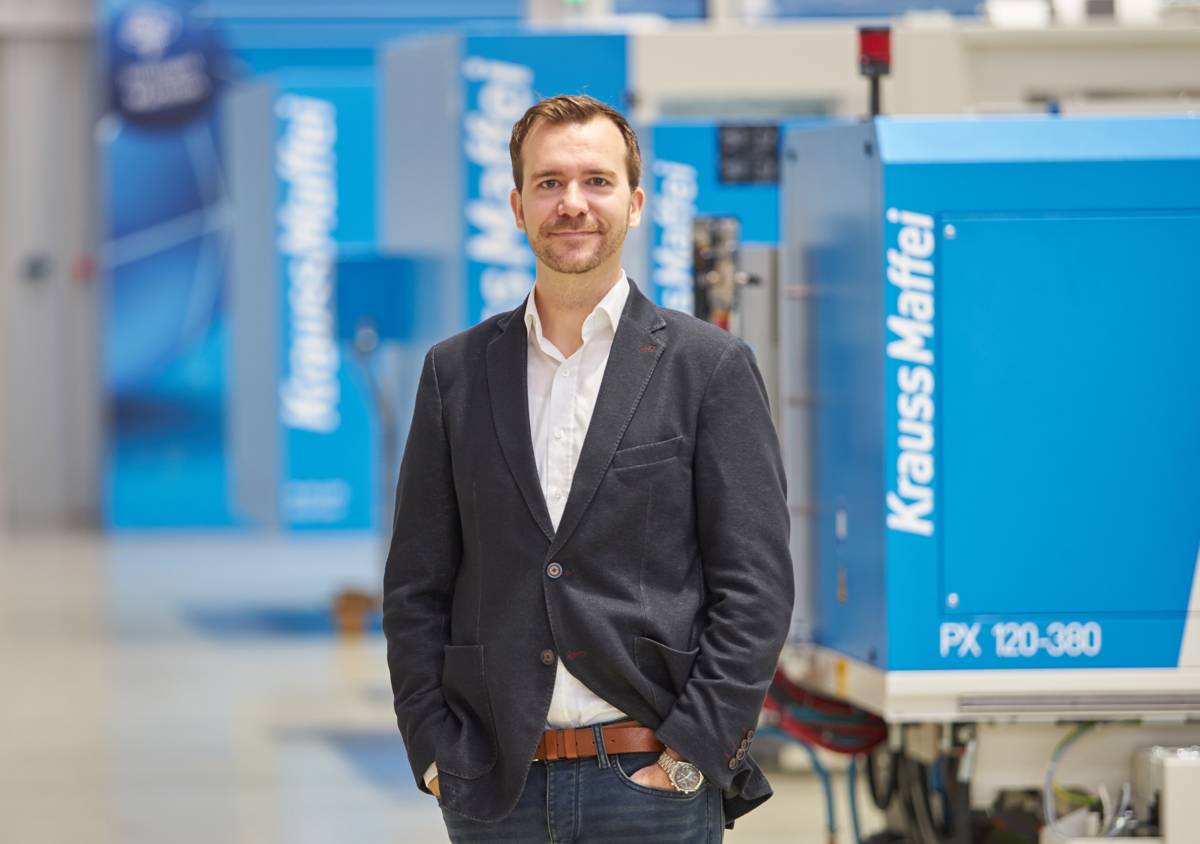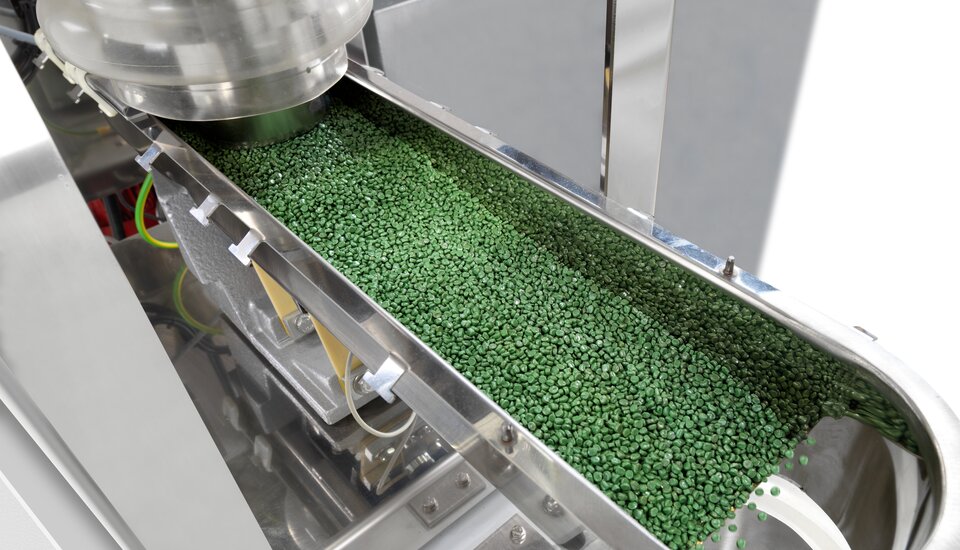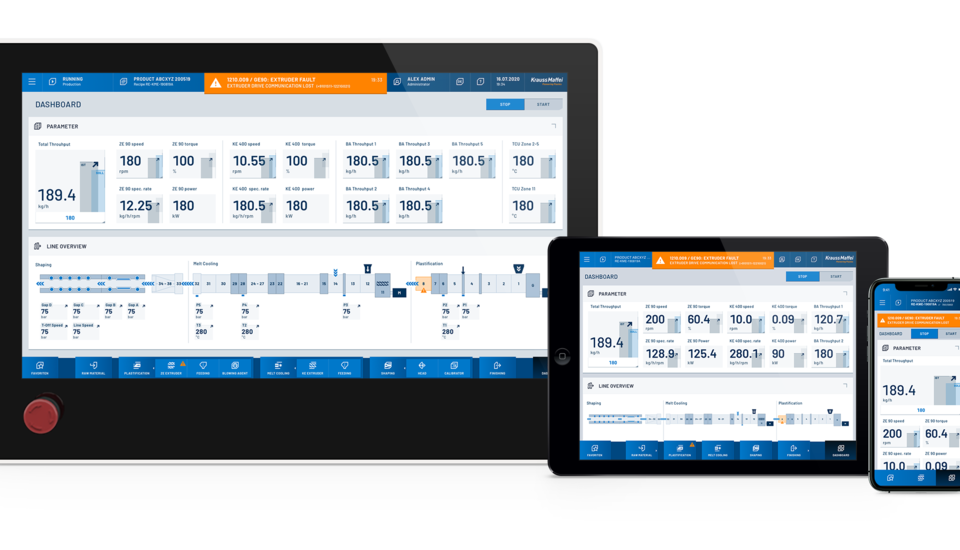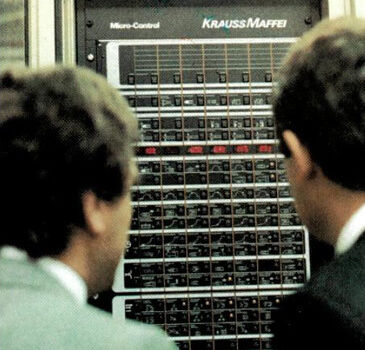
Trends & Markets
“More stable processes provide for higher product quality”
| Petra Rehmet
Intelligent tools play key role in injection molding
Experts from KraussMaffei speak about in-line tools that automatically help increase the process quality during injection molding – and thereby also increase the quality of the components being produced.
The requirements for the quality of the products made by injection molding companies are increasing. High amounts of scrap are something no one wants or can afford anymore. Measurement and test technology is by far no longer sufficient for satisfying these requirements. Instead, the trend is toward increasing the process quality — for example, through intelligent tools that monitor the injection molding machine. K-MAGAZIN spoke about this with Dr. Stefan Kruppa, Nicolina Topic and Anna-Catharina Kaiss,
K-MAGAZIN
Has the meaning of process quality in injection molding changed over the past ten years?
Dr. Stefan Kruppa
The complexity of plastic products has risen due to the increasing functional integration and the wide variety of high-performance applications. A large percentage of such components has stringent requirements for specific properties such as those of a visual or mechanical nature, which are usually subjected to tight tolerances. Process stability makes a crucial contribution to maintaining these tolerance limits, which means it is fundamentally important particularly for safety-related components and medical technology products and is checked with extensive quality controls. Besides that, however, even for simple articles the sorting and quality-assurance costs can be enormous. Then what is in the foreground here is zero-defect production or assurance that the components are OK.
K-MAGAZIN
More and more, injection molding machine manufacturers are offering intelligent tools that automatically compensate for fluctuations in the injection molding process. What is the reason for this development?
Dr. Stefan Kruppa
Many disturbance variables and fluctuations in the process creep in or are not directly quantifiable, for example, a temperature change or fluctuation in the closing of the returnflow valve. In many cases, manual readjustments to the process parameters by mold setters compensate for such disturbances too late or inadequately. Automated process control enables immediate and proportional response to disturbance effects and thus allows for stabilizing the process quality. And many of the tools are not entirely new, but systems with costly sensor technology or trial schedules have not yet succeeded in establishing themselves.

Dr. Stefan Kruppa, Head of Machine Technology at KraussMaffei,
sees great potential for improving the quality of injection molded components through in-line tools such as APC plus















